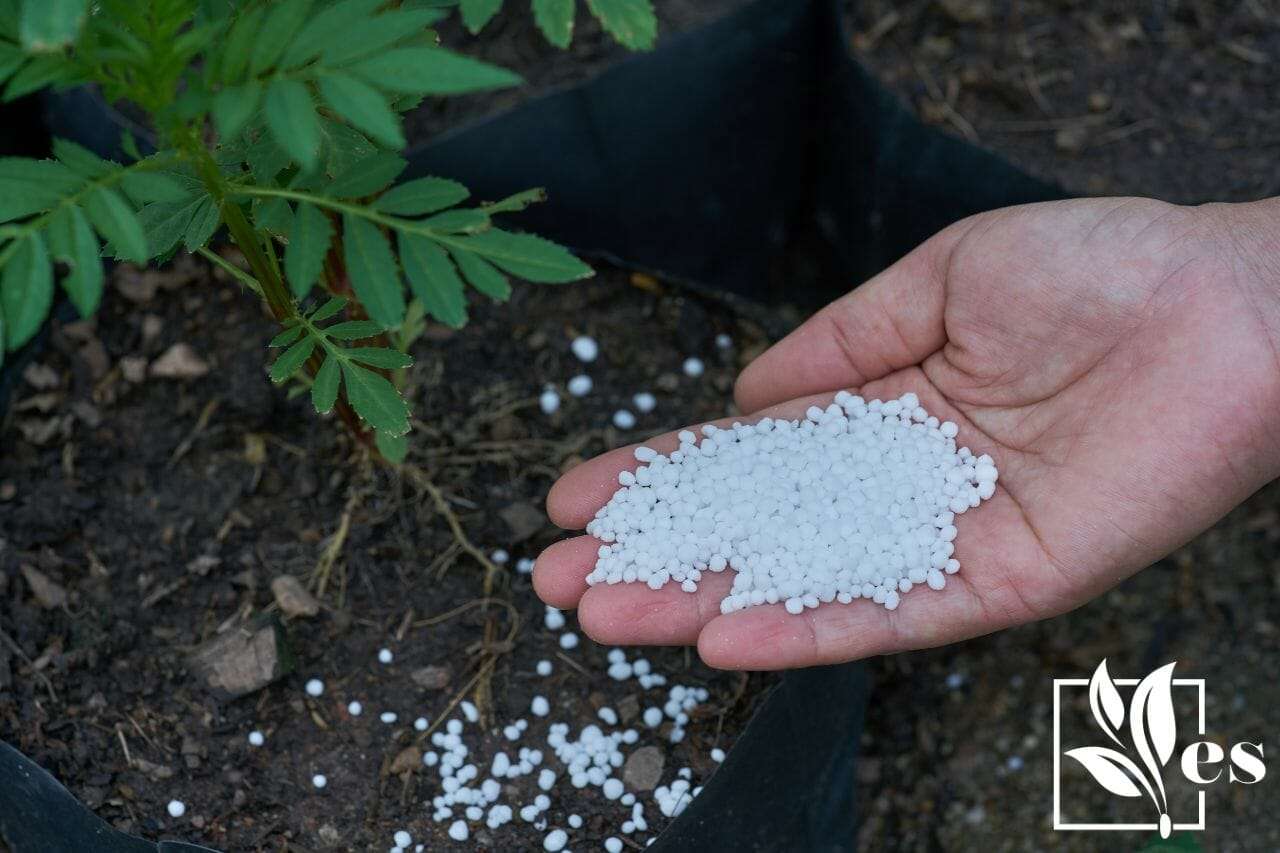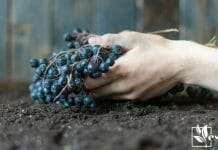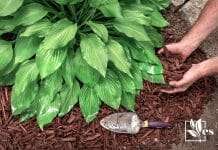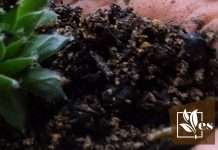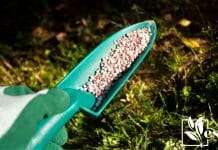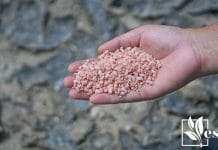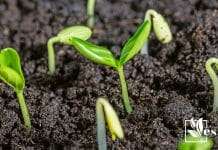46-0-0 Fertilizer must be handled with extreme caution, because it is a fertilizer with high, mostly nitrogen content.
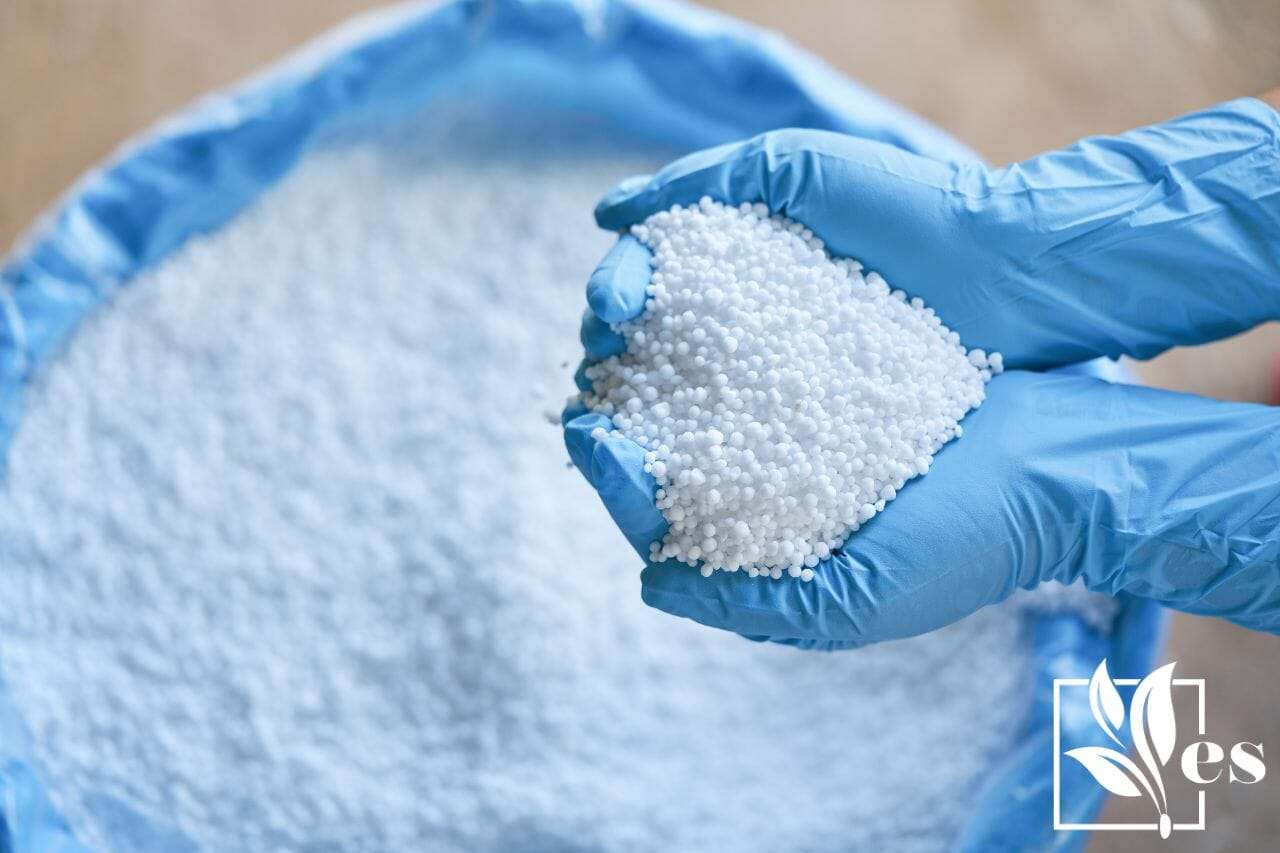
In this post, we’ll cover what 46-0-0 Fertilizer is, its composition, its advantages, and disadvantages, how to use it, its types, and the best times to apply it to your farm, lawn, or garden for the best results. One more popular fertilizer is the 0-0-60 one which is highly recommended for various occasions. Keep reading to learn all about it.
JUMP TO TOPIC
What Is 46-0-0 Fertilizer?
46-0-0 Fertilizer is a urea fertilizer, a simple single-element fertilizer that provides the main necessary ingredient nitrogen in ammonic form (NH4+). One of the two forms of nitrogen plants can take the positively charged, non-volatile ammonium ion (NH4+), the other being nitrate (NO3–).
Understanding The Label
With so many alternatives available, finding the Fertilizer that your plants require can seem time-consuming, but when you comprehend the labeling, choosing the appropriate one is simple.
Most labels mention the item’s NPK (how much nitrogen, phosphorus, and potassium the product contains). It will be pure nitrogen in 46-0-0 Fertilizer.
All incorporated secondary micronutrients, such as calcium, magnesium, and others that promote plant health, should be listed on the back label. Its N-P-K ratio of 46-0-0 Fertilizer is 46 nitrogen, zero percent phosphorus, and zero percent potassium.
The remaining ingredients are additives or fillers that help make the product application easier. When applied correctly, a 46-0-0 ratio can assist in converting nutrient-poor soil into a beneficial growing medium.
For general plant health, it will be necessary to provide enough phosphorus, potassium, and other micronutrients after planting.
– Nitrogen
Nitrogen encourages the production of chlorophyll, which promotes healthy foliage growth. Chlorophyll, which gives plants their green color, ensures that the energy gathered is converted into food by breaking down starches and carbohydrates.
Proteins and enzymes that control the intake of water and nutrients are likewise powered by nitrogen. Non-flowering plants are the target group for high-N fertilizers.
– Phosphorus
Because it starts converting starches and carbohydrates into food while utilizing stored energy, phosphorus is essential to photosynthesis.
Additionally, it encourages flowering plants to produce buds and strong root systems. The same proteins and enzymes that nitrogen utilizes to control water and nutrients are also formed at the same time.
– Potassium
Potassium helps plants transport water, minerals, and food produced by photosynthesis. It also activates the proteins and enzymes that phosphorus and nitrogen were used to build, supporting a healthier field.
Potassium helps plants conserve moisture, which boosts their tolerance to environmental stress and disease. Additionally, it works particularly well to increase a lawn’s ability to withstand cold winters when dormant.
Pros And Cons
When used properly, urea can significantly increase the amount of nitrogen available in the soil and quickly revitalize worn-out fields. However, there are some drawbacks to have in mind before employing it. Read along to see the benefits and disadvantages of excessive use of 46-0-0 fertilizers.
– Pros
- Enhances the absorption of water
- Provides an instant green by dissolving leaves into easily identifiable forms to produce beneficial nutrients for your grass.
- Increases nitrogen availability in soil.
- Pocket friendly.
– Cons
- Biuret, a typical contaminant found in synthetic urea, actually hinders plant growth.
- Some organic substances, including limestone, don’t mix well with urea (organic phosphorus).
- The shelf life of urea is quite brief.
How Does 46-0-0 Fertilizer Work
When it is applied to the soil, the catalytic action of urease causes urea fertilizer to interact with water (hydrolyze) to create ammonium carbonate [(NH4)2CO3].
The urease enzyme is a byproduct of the microbial breakdown of organic matter and is found in soil.
An unstable compound, ammonium carbonate, is formed for a short time. It breaks down into the water, carbon dioxide, and gaseous ammonia (NH3).
When it is added to the soil, NH3 is transformed into ammonium (NH4+) by hydrogen ions (H+) from soil particles.
The positively charged ammonium ions are then incorporated into the negatively charged soil particles, where they stay until they are either taken up by plants through the roots or used as an energy source by bacteria to nitrify (convert to nitrate, NO3-) in the process of nitrification.
How To Apply
This Fertilizer can be used dry, in granular form, or mixed with water in liquid form, before growing any plants, till the soil to apply a 46-0-0 fertilizer for effective application.
- Urea can be added to the soil as hard grains, prills, or lentils.
- The white, crystal granule formulation has the most promise.
- By adding a water-soluble form to your irrigation water, you could also introduce it to the soil.
- When applying granules, a quarter-inch of rain is sufficient to mix the urea deeply enough into the soil to prevent ammonia loss, which is advantageous to plants.
For your better understanding of how to use 46 0 0 fertilizer, more details are provided below.
– Apply Fertilizer On Cold Days To Minimize Ammonia Damage
Apply urea on chilly days to lessen ammonia damage. It is ideal for applying urea on chilly, windless days when the temperature is between 32 and 60 degrees Fahrenheit (0 and 15.6 °C).
Urea dissolves on the lawn when the soil freezes at lower temperatures. At warmer temperatures and humidity, urea decomposes more quickly than it can become wet in the ground.
– Use 46-0-0 Fertilizer With The Urea Barrier Before Planting.
The enzyme urease starts the chemical process that turns urea into nitrate plants. Before your plant benefits from the high amount of urea, you can reduce it by applying this Fertilizer before planting.
Chemical reactions can be slowed down, and urea can be kept in the soil using fertilizers with urea inhibitors.
– Spreading Fertilizer Evenly
Small, hard pills or urea particles are packed and offered for sale. Applying another fertilizer first can disperse urea uniformly across your landscape. For most trees, you should maintain this Fertilizer close to the tree’s roots or the area where you will sow the seeds.
– Wet The Land
Urea first decomposes into ammonia gas and then nitrate. Applying Fertilizer as soon as the soil becomes wet will help the fertilizer dissolve in the soil before the chemical reaction begins since the gasses can easily escape from the soil surface.
As a result, more ammonia is trapped in the soil. To retain the ammonia gas as much as possible in the soil, the top 1.3 millimeters of the surface should be moist. You can water your grass by yourself, spread urea on your property after 48 hours of the snow melting, or spread it there before it rains.
– Mix Your Fertilizer Well
An excellent strategy to spread this Fertilizer before your ammonia gas is harmed includes harrowing, dragging, or shrinking your field so that urea can stay in the top layer of soil.
– Fertilize The Crops On Light Days
Most cereal grains can be immediately treated with urea, but not always at temperatures above 60 degrees Fahrenheit. When employed in warm environments, the plants emit an ammonia-like odor.
Best Uses
Due to the 46-0-0 NPK’s adaptability in use, farmers, gardeners, and homeowners with lawns all utilize it. However, because it only provides nitrogen, plants that need phosphorus, potassium, and other essential minerals should receive supplements.
Remember that ammonia-rich fertilizers shouldn’t be used for longer than six months because they can alter the composition of your soil over time!!
Because different plants have varying needs if you need to reapply any compound fertilizer during the season, ensure it doesn’t always contain just one ingredient, such as an N-P-K mix or organic material alone.
– Lawn Care
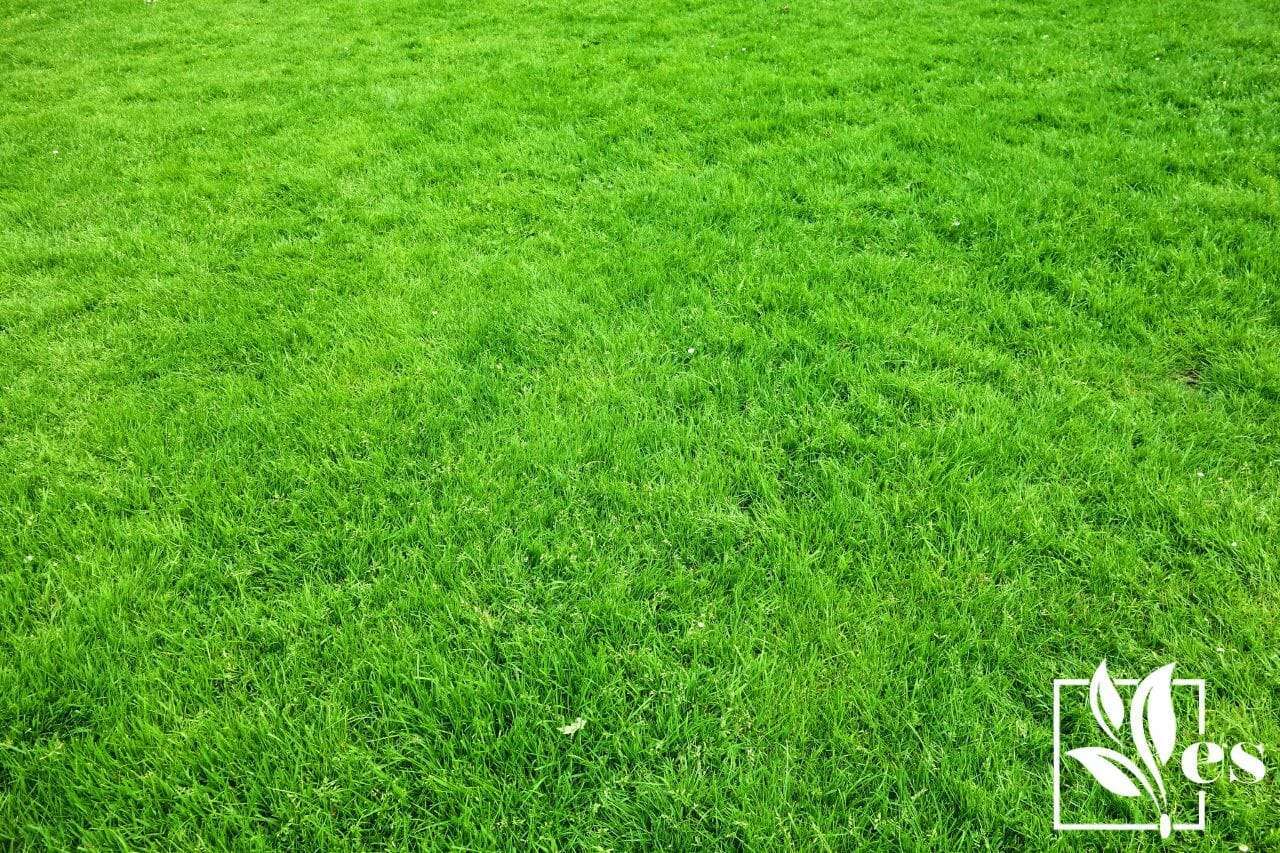
It is strongly advised to use a 46-0-0 NPK fertilizer on your lawn only after a soil test has revealed a nitrogen deficiency. It should be used once a year, in April, just before new growth starts.
Root burn and crispy, brown grass could happen when such high amounts are treated in areas with enough nitrogen already present. Apply this Fertilizer only to grass that is actively growing and only until a second soil test indicates that the nitrogen content has improved.
As for the application, remember to spread one pound of Fertilizer over a surface area of 1,000 square feet.
– Grass
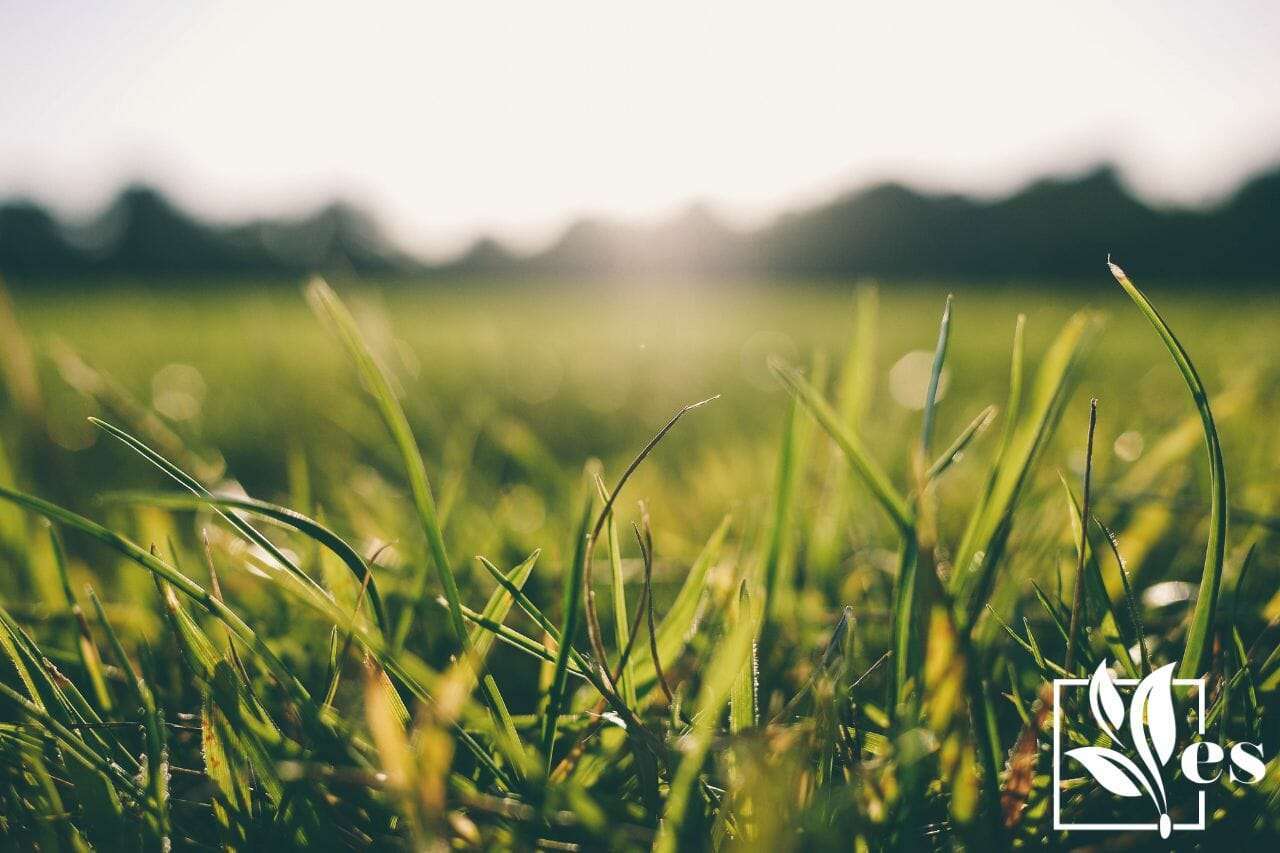
Ornamental grasses are quite common due to their reputation for being low-maintenance and their tendency to thrive in unfavorable soil. They are unlikely candidates for heavy nitrogen formulae since they naturally resist pests, diseases, and environmental challenges.
In general, these grass varieties don’t need to be fertilized frequently, and they frequently give gardens year-round appeal. However, when planted with other ornamentals in nutrient-deficient soil, a significantly diluted amount of this Fertilizer may aid in root establishment.
– Corn
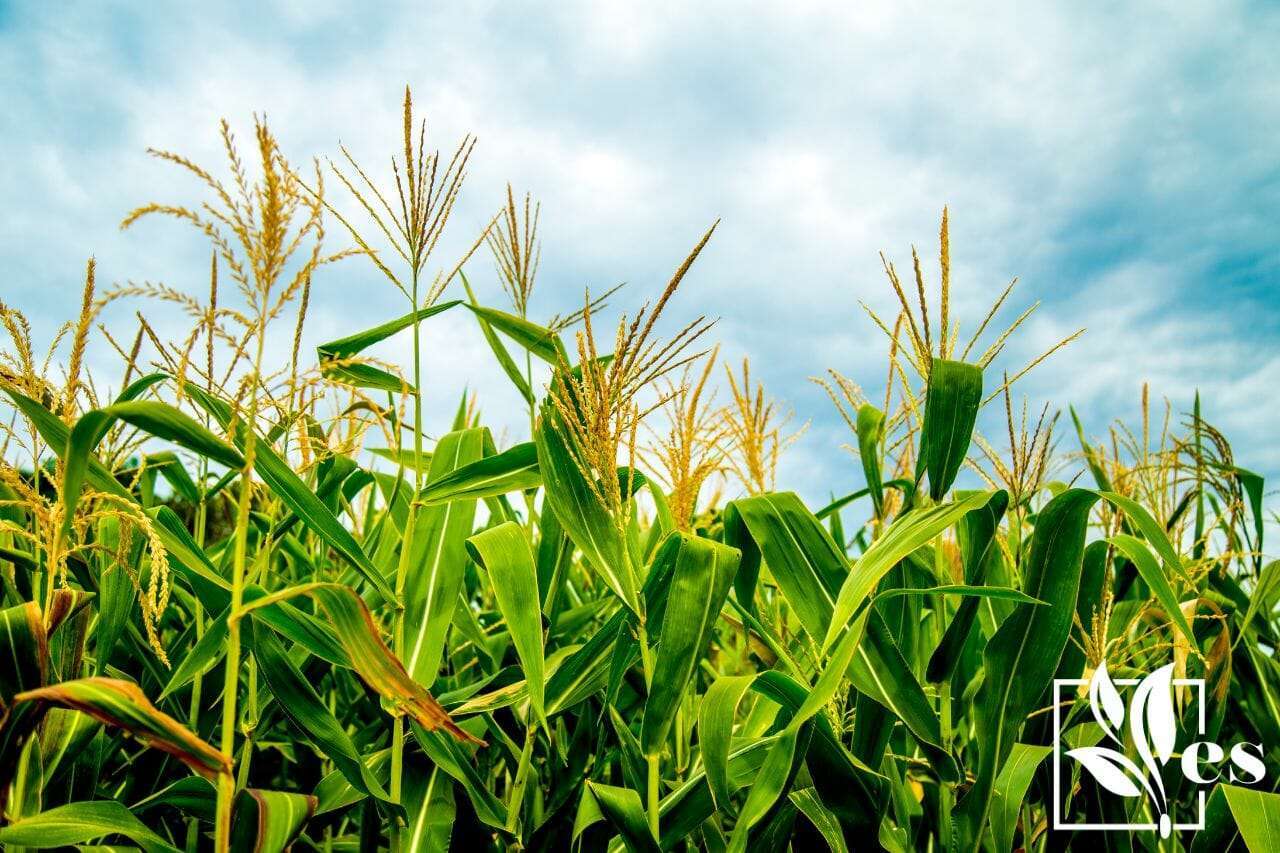
Corn plants require more nitrogen to support their thick stalks and huge leaves that protect tightly packed cobs. Nitrogen is a crucial macro- and micronutrient that corn requires to generate delicious, well-formed grains.
A sprinkle of polymer-coated 46-0-0 granules can improve nitrogen access for healthier plants if your corn’s leaves turn brown out of season or the cobs are tiny and lacking kernels. Remember, direct contact with urea harms the seeds and often lowers maize plant yields.
– Leafy Vegetables
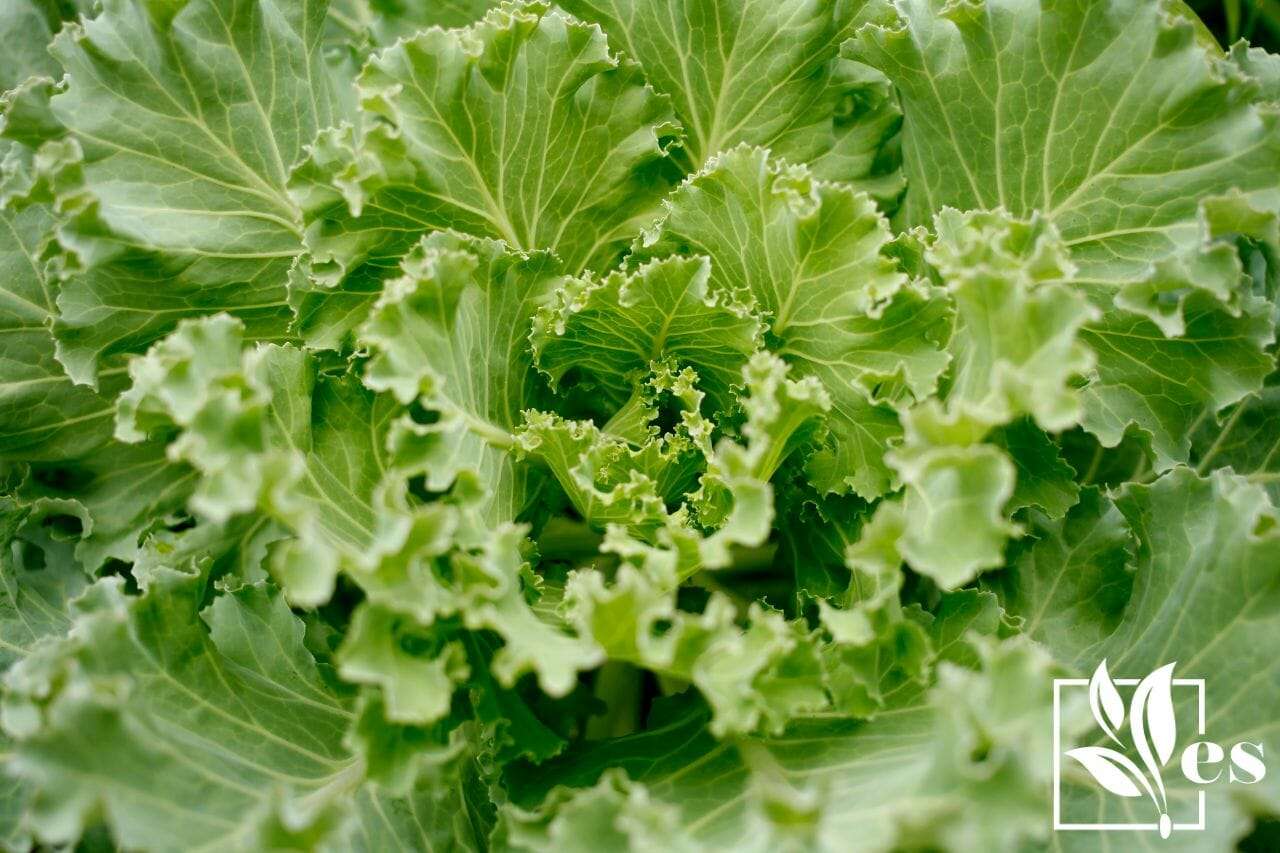
Developing well-formed, bright foliage and florets depends more on nitrogen in leafy crops like lettuce, broccoli, and cabbage because they rarely bloom. Remember to apply four ounces (12 cups) of Fertilizer every 30 feet of row in vegetable gardens.
An initial application of 46-0-0 Fertilizer will encourage strong roots, rich color, and greater size when nitrogen is deficient in the soil.
Liquid solutions should be used in the morning or late at night to prevent leaf burn. The same effect is achieved by dispersing granules three inches apart from each plant.
– Houseplants

Houseplants are confined to containers and are extremely sensitive to fertilizer levels. Only a heavily diluted quantity of 46-0-0 Fertilizer would be suitable, even with the extra runoff common with houseplants, but only for non-flowering plants.
When used correctly, and when recycled potting soil is routinely used, this technique can be highly effective. Potting soil will gradually lose its natural nutritional qualities. Utilizing 46-0-0 Fertilizers sparingly can aid in partial fertility restoration.
– Shrubs And Trees
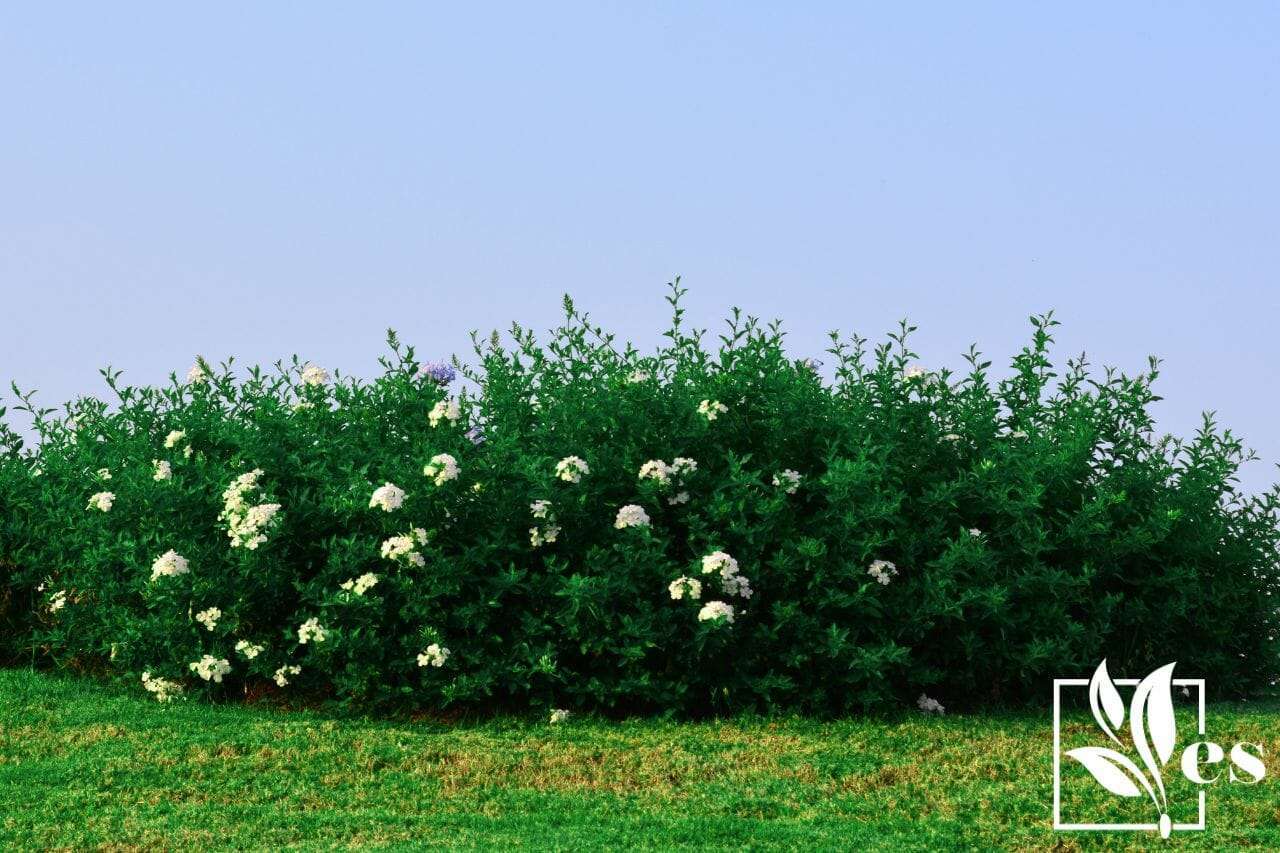
Given their size when fully grown, trees and shrubs are frequently the plants that consume the most nitrogen. This nutrient causes the largest growth response. However, early in the spring, when fruit trees and berry bushes are just beginning to sprout, farmers use this Fertilizer.
Trees can be treated with liquid urea at two diluted ounces each month while growing in a flat location. Slow-release granules will provide the safest form of nitrogen infusion on slopes or regions where the possibility of runoff is higher.
– Potatoes
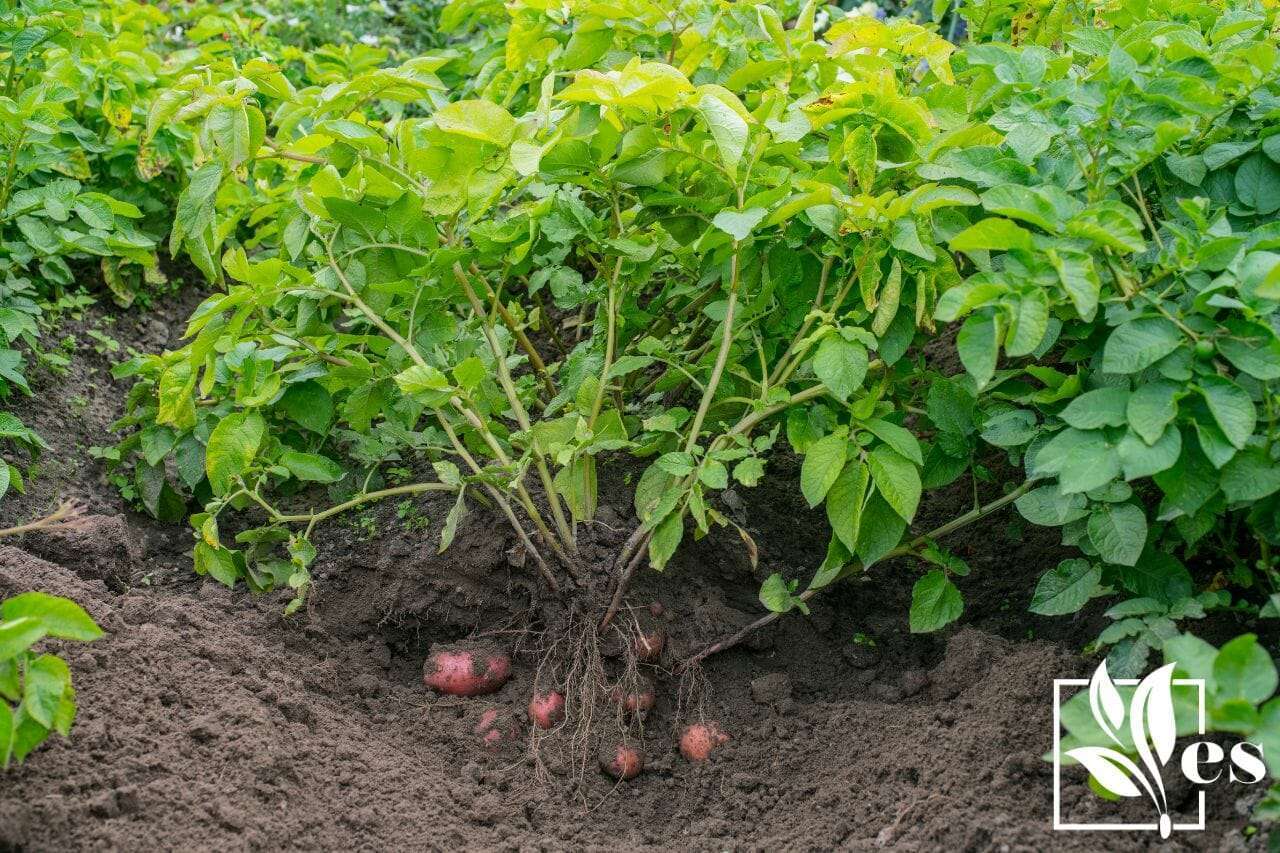
Some potato types may withstand high nitrogen concentrations; some cannot! Take care and handle all plants the same. Avoid providing high amounts of nitrogen to potato plants when using this Fertilizer.
46-0-0 Fertilizer can be sprayed on potato plants directly or mixed with other fertilizers to a solution that contains no more than 30 percent nitrogen. Remember that only before planting potatoes should you fertilize the soil with fertilizer solutions that contain more than 30 percent nitrogen.
Types For 46-0-0 Fertilizer
There are four fertilizers, each with various applications and gardening techniques.
– Liquid Concentrate
46-0-0 liquid Fertilizer is applied around your plants after being diluted with water. Some such fertilizers have foliar spray formulations as well. The soil or leaves then rapidly transport nutrients to the root system.
Despite their tendency to momentarily raise soil pH, liquid urea feeds are very cost-effective. It is advised to exercise caution, though, as overfeeding is common and can result in the root, flower, and foliage burning.
– Water Soluble Powder
Options for powdered urea can be mixed with water to make a “tea” or worked straight into the soil towards the base of shrubs and plants. They have a limited shelf life but store well in an airtight container.
Powders are among the most affordable; however, they might work better in larger applications like farms or coppices. In smaller gardens, these could be too much to handle if precise measurements are not taken.
– Slow Release Granules
Granules are highly concentrated, convenient to use, and offer ongoing nutrition for up to nine months. In only a few weeks, the initial findings will become apparent. Furthermore, they are less prone to result in root burn.
Casting granular fertilizers uniformly around the base of trees, shrubs, and other plants is how you apply them. They do not require watering to become active and are less prone to contaminate adjacent surfaces or groundwater.
– Fertilizer Spikes
Especially if you have a container garden, spikes are one of the easiest to employ. They are simple to put into loamy soil because they are pre-measured in various sizes. They also have a reduced danger of burning because of their delayed release.
Microbes that naturally exist in the soil release nutrients from the spikes. And have the additional advantage of promoting a higher resistance to disease and pests. The leftovers can then be kept clean until needed.
